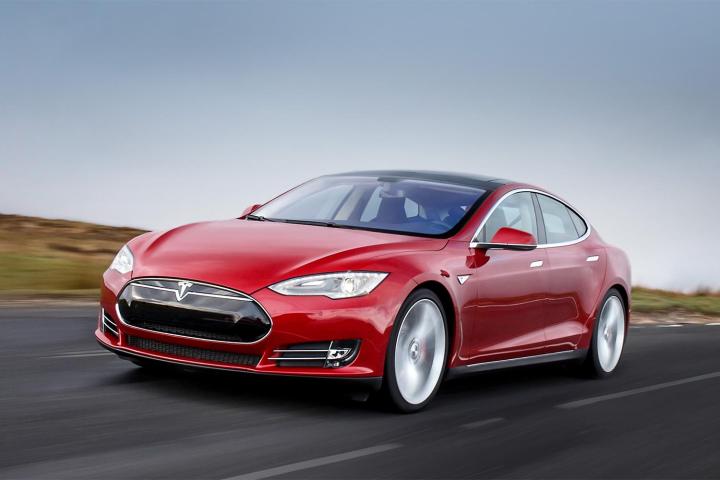
The theories were presented by Tesla representatives to U.S. Senate Commerce Committee staff in an hourlong briefing last week, according to Reuters. The first theory is that the automatic emergency braking system’s camera and radar didn’t detect the truck, while the second is that sensors did detect the truck, but mistook it for an overhead object like a bridge.
Tesla also reportedly told congressional staffers that it considers the automatic braking system to be separate from Autopilot, claiming that system only handles steering, lane changes, and acceleration to maintain speed. The carmaker specifically denied that the crash was caused by Autopilot.
Read more: Mobileye ends its relationship with Tesla
In a June blog post in which it first acknowledged the crash, Tesla said that “neither Autopilot nor the driver noticed the white side of the tractor trailer against a brightly lit sky.” CEO Elon Musk subsequently explained on Twitter that Autopilot’s radar tunes out certain readings to avoid braking for no reason when the car encounters large overhead objects, like overpasses and road signs. The tweet has since been removed.
At the time, Musk indicated that Tesla is working on tweaks to Autopilot that might give radar signals more priority. He has said Tesla will not deactivate the system, or add the lidar sensors used by developers of most fully autonomous cars. Musk claims radar can get the job done, but adding lidar would also require substantial hardware additions, and wouldn’t address cars with the current Autopilot system.
While Tesla mulls the cause of the Florida crash, it faces multiple investigations. In addition to the Senate Commerce Committee probe, the National Highway Traffic Safety Administration (NHTSA) and National Transportation Safety Board (NTSB) are investigating the crash. Preliminary NTSB findings show that the Model S was traveling 74 mph in a 65 mph zone at the time of the crash, and that the adaptive cruise control and Autosteer functions were active.
Editors' Recommendations
- Tesla Autopilot vs. full self-driving: What’s the difference?
- Tesla shows off first Cybertruck after two years of delays
- Elon Musk suggests Autopilot was off in fatal Texas Tesla crash
- Driving hands-free with Enhanced Super Cruise in the 2021 Cadillac Escalade
- What is Tesla Autopilot and how does it work?


